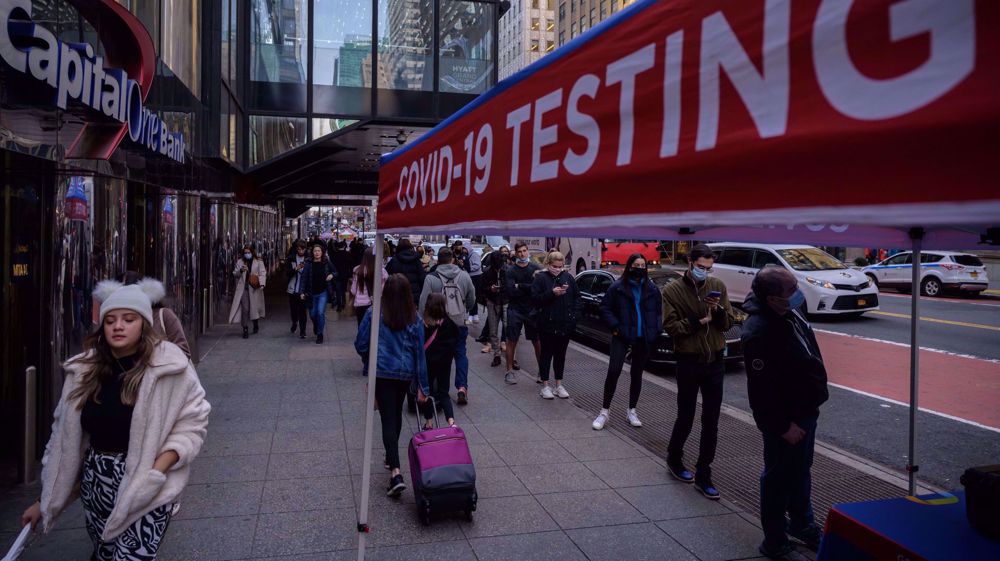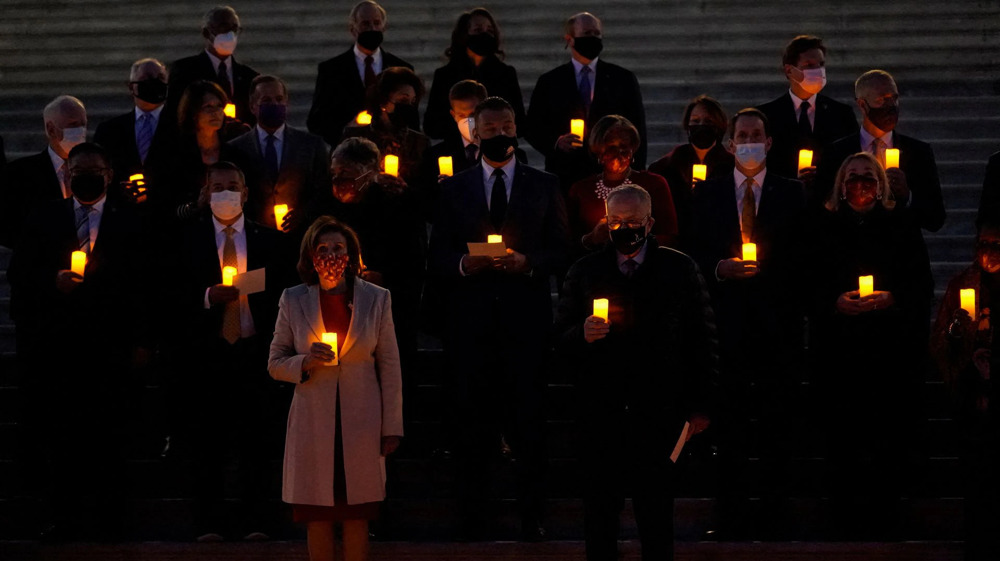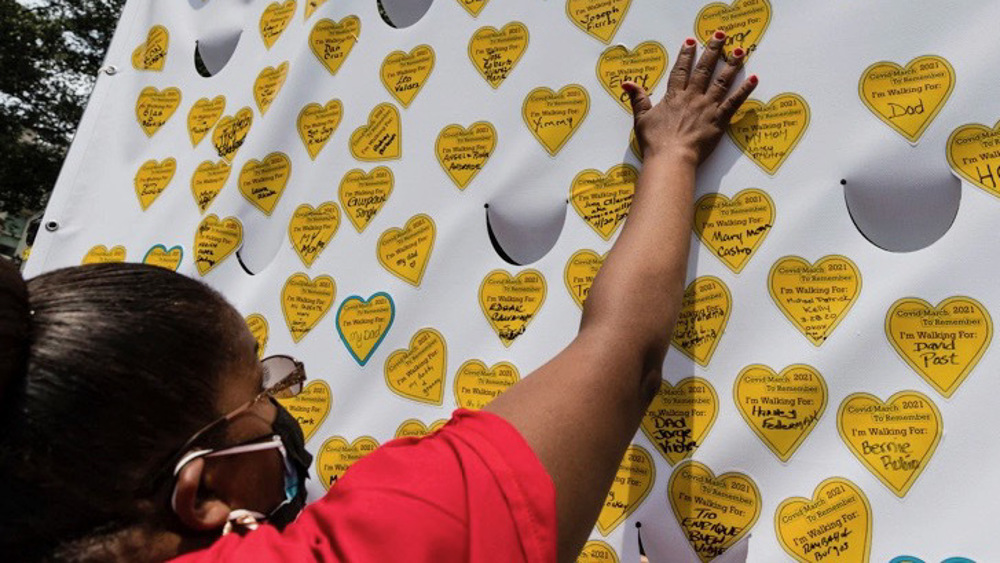US vaccine data gaps point to millions of unvaccinated people
The US government has reportedly over-counted the number of Americans that had been at least partly vaccinated against the coronavirus, raising fears that millions more remain unprotected as the pandemic gathers steam during its winter surge.
The Centers for Disease Control and Prevention (CDC) revised a leading indicator last weekend, reducing the proportion of people 65 and older with at least one shot from 99.9 percent – where it had been capped for weeks – to 95 percent, without changing its raw shot totals, Bloomberg reported Saturday.
The move confirmed a dynamic discovered by state authorities that in collating reams of vaccination data, the US has counted too many shots as first doses when they are actually second doses or booster shots.
According to the CDC data, 240 million people -- or about 72.5 percent of the US population -- have received at least one doze of vaccine. The agency, however, further states that only 203 million (61.3 percent) are fully vaccinated, pointing to an 11-percentage-point difference that is much larger than in other developed countries.
State and local officials insist that it is improbable that 37 million Americans got one shot without completing their inoculations. Instead, they argue that the government has regularly and incorrectly counted booster shots and second doses as first doses, a dynamic the CDC acknowledged in a statement.
That means both the fully vaccinated and completely unvaccinated are officially undercounted. The precise number miscounted is unknown, but revisions in data from three states -- Illinois, Pennsylvania and West Virginia -- found enough over-counting of first shots to indicate millions of unvaccinated people nationally who have mistakenly been counted as having received a dose.
Changes to national data on the scale of Pennsylvania’s revisions, for example, would mean increasing the number of Americans who are unvaccinated by more than 10 million.
“Where it has really made it difficult for us is targeting our booster messaging,” said James Garrow, a spokesman for the Philadelphia Department of Public Health, which has worked with the state to blend data sets for a more accurate view of vaccination trends.
“We don’t have any faith in the numbers on the CDC website, and we never refer to them,” he further emphasized.
Some states express confidence in their data and insist no changes are needed, but others have begun submitting revisions. Last month, in one data change submitted to the CDC, the state government in Pennsylvania lowered its estimate for adults with at least one shot to 94.6 percent from 98.9 percent. The proportion of fully vaccinated older people also dropped.
Illinois found that it had 540,000 more completely unvaccinated people, age 12 and up, than thought – nearly six percent of what the count would otherwise be. But the audit also found 730,000 people who were fully vaccinated and hadn’t been counted as such in previous counts.
The official US gap between people with just one dose and those who are fully vaccinated -- about 11 percentage points -- far outpaces other nations. The next highest gap among Group of Seven nations is the UK, at 6.7 percentage points.
In the European Union, the gap stands at just 2.6 percentage points.
The over-count grew in the summer and early fall as some fully vaccinated people sought booster shots before they were formally authorized by federal regulators, officials say. Those shots were likely recorded as first doses, inaccurately.
One of the biggest gaps was identified in Pennsylvania, where CDC estimates of first doses for the elderly exceed state estimates by about 850,000.
Other states have submitted revisions for varying reasons to the CDC, including Minnesota, Colorado, New Jersey, North Carolina and Maine. Others, including California, plan to do so.
Some states have declined to revise their data, saying either that they’re confident it’s correct, or that the CDC required line-by-line review and it’s too onerous or that their data vendors limit the ability to make changes. Others say they don’t have the resources to comb through the figures.
New York reports highest daily COVID record of pandemic
Meanwhile, the state of New York reported 21,027 COVID cases on Friday, surpassing the previous single-day record from January as Omicron surges across the state.
With the new variant appearing to spread more easily than previous COVID strains, the surge will likely be replicated around the country, according to local press reports.
New York Gov. Kathy Hochul, who announced the new record, also pointed out that the state's number of reported daily hospitalizations is soaring.
According to Hochul, nearly eight percent of Friday’s 263,536 reported test results were positive, adding that 93.9 percent of adult New Yorkers have received at least one vaccine dose.
Iran Armed Forces pledge firm response to any hostile act
General Soleimani was 'architect of Axis of Resistance’ in region: Iran FM
VIDEO | Somalis protest against Israel's recognition of Somaliland
UN rapporteur says Georgetown cut ties over exposing Israel’s genocide in Gaza
VIDEO | Press TV's news headlines
West-funded body conspired against EU anti-fraud office after corruption findings: Report
Iran heralds clean energy future with landmark geothermal power plant at Mount Sabalan
Iran warns Israel’s recognition of Somaliland aims at destabilizing entire region














 This makes it easy to access the Press TV website
This makes it easy to access the Press TV website